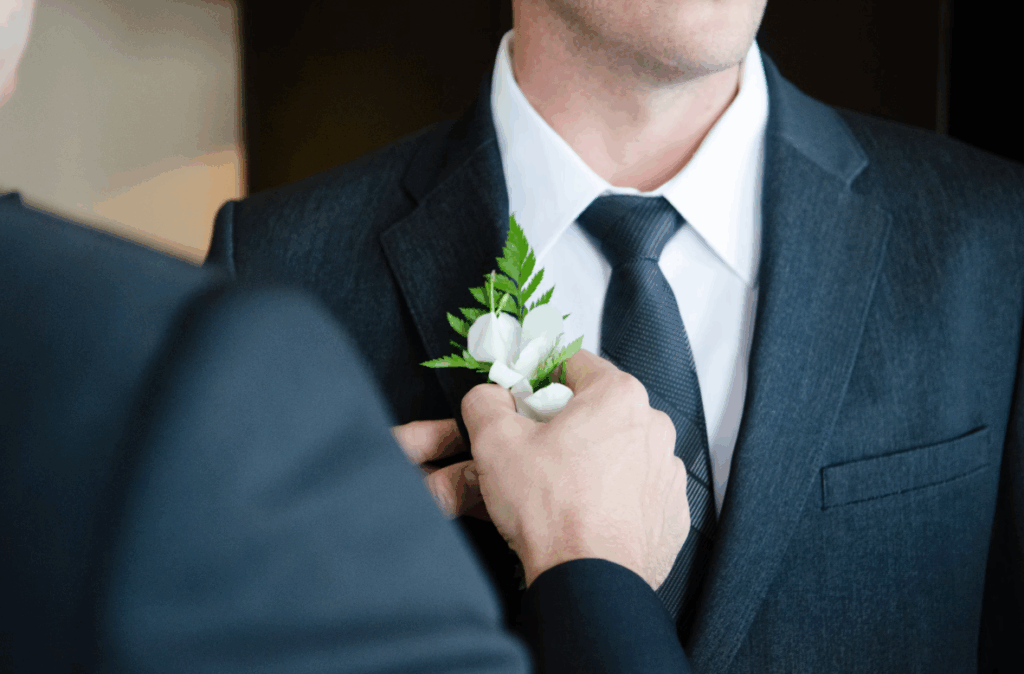In wedding videography, few things matter more than skin tones. Faces are the emotional center of the story, and how you grade them can either connect viewers to a moment or distract from it. That’s why mastering skin tone balance is at the core of cinematic color grading for weddings.
The first challenge is exposure. Wedding days are shot in constantly changing conditions — harsh daylight, golden hour, candlelit receptions. Getting a clean exposure on skin during capture is ideal, but if that’s not possible, your color grade must bring it back without losing integrity.
Using DaVinci Resolve for weddings, you have powerful tools to manage skin separately from the rest of the image. With HSL qualifiers or power windows, you can isolate skin tones and adjust warmth, hue, and softness — often without affecting the surrounding environment.
We recommend starting with a neutral base: apply a mild DaVinci Resolve wedding preset, then adjust skin zones manually. A small shift in tint or gamma can bring dull skin to life or neutralize redness. SweetGrade often shares node trees and workflow guides that walk through this process.
LUTs can help — but only when used carefully. Some wedding LUTs for DaVinci Resolve boost contrast in a way that desaturates or muddies skin. In those cases, it’s better to apply the LUT in a separate node and counterbalance with corrections specifically for the face.
When done right, beautiful skin tones add a cinematic wedding look that feels intimate and romantic. Skin should glow, not shine. It should invite viewers into the scene, not jar them with harsh reds or sickly greens.
The best wedding video editors treat skin tones like gold — they refine them, protect them, and build their entire grading flow around them. In the world of wedding video color grading, skin is story.

